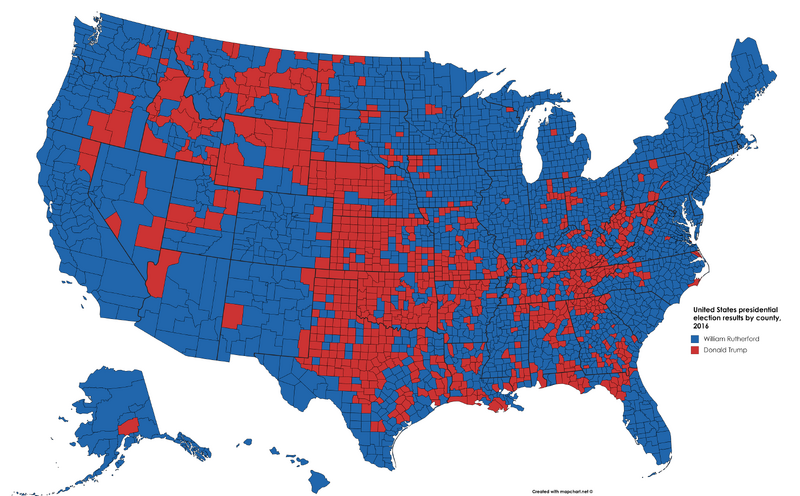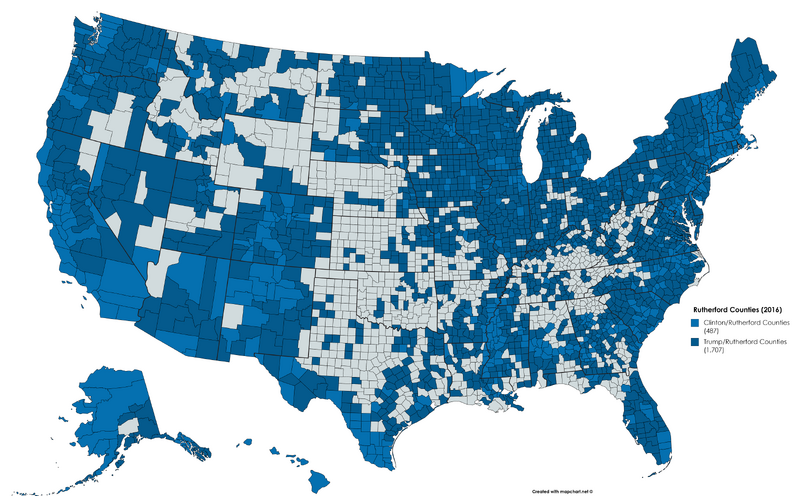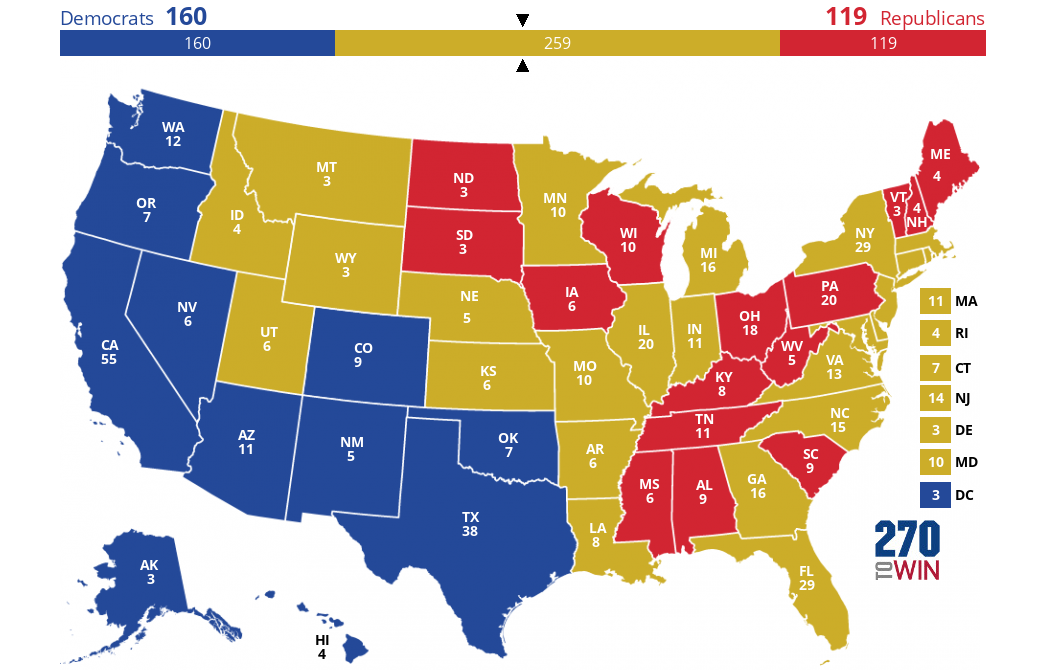No Electoral College: Election of 1992
President George H. W. Bush of Texas began his re-election campaign as one of the most popular presidents of the modern era. The country praised the United States's victory in the Gulf War, and many believed Bush was responsible. However, as the economy began to head in a downward spiral, his approval ratings fell dramatically. Governor Bill Clinton of Arkansas had taken the Democratic Party by storm, defeating Democratic "Favorite Sons" that were expected to win the nomination. He campaigned on a message of bringing a new era of fiscal responsibility and progressive ideals to America, which appealed to many voters. Businessman Ross Perot of Texas, however, was the real story. He rose dramatically in the polls, campaigning against North American Free Trade Agreement, which included Canada and Mexico, as being disadvantageous to Americans. He railed against the corruption in Washington and sought to have an administration dedicated to economic policies of prosperity on all levels, from fair trade to lower taxes. However, after months of being in the spotlight, his standing in the polls fell, and he remained stationary in third place.
On Election Day, as many pundits predicted, no one won a majority of the votes. President Bush outperformed (despite still losing), carrying crucial states like Ohio and Florida. Governor Clinton carried his home state of Arkansas, as well as other increasingly Republican-leaning states like Louisiana and Montana. In addition, he ended the Republican Party's dominance in New England states like Maine and Vermont, with Bush carrying only New Hampshire. Ross Perot over performed as well, winning more than 20% of the popular vote and carrying Maine. Exit polls showed that Republicans and Democrats voted for him at about equal levels, with Democratic blue-collar voters (especially in the South and Midwest) siding with him more than the Republicans. Many analysts have determined that the prevalence of Democratic-leaning blue-collar Perot voters explains why President Bush was able to carry states in the South and Midwest that some expected him to lose, namely Ohio.
In the second round, President Bush was able to win back voters in the South and the West but was unable to make necessary gains throughout the Midwest and New England. Voters that voted for Ross Perot largely ended up voting for the parties that they had voted for before, with blue-collar workers and middle-class conservatives begrudgingly voting for Bill Clinton and George H W. Bush, respectively. After twelve years of Republican dominance, the White House was once again returned to the Democrats.
First Round:
Governor Bill Clinton: 40.5%
President George H. W. Bush: 38.1%
Businessman Ross Perot: 20.7%
Second Round:
Governor Bill Clinton: 55.6%
President George H. W. Bush: 44.4%




